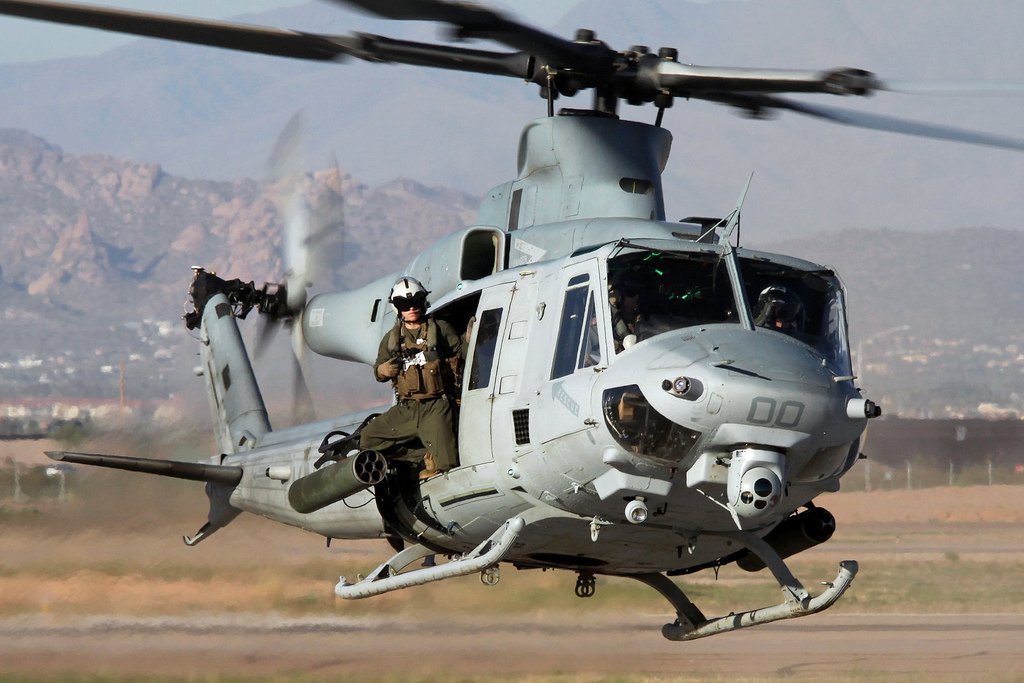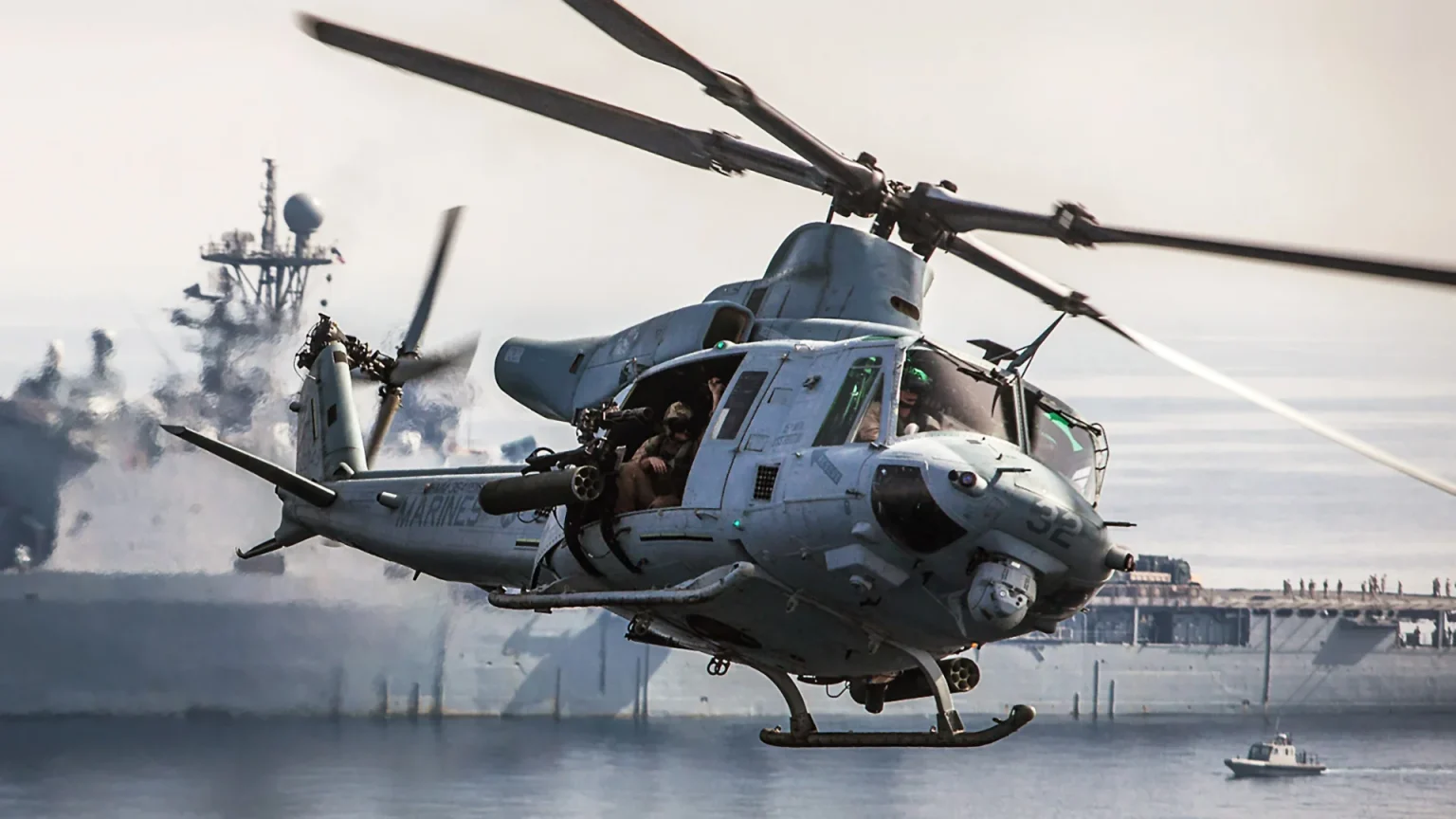
UH-1 Venom is considered the most successful US helicopter. Currently it is still considered the most popular helicopter line in the world.
The UH-1Y Venom is a product of the United States Marine Corps’ H-1 upgrade program, which aimed to replace the aging UH-1N Twin Huey helicopters. It incorporates various improvements over the original UH-1, including enhanced performance, advanced avionics, improved survivability, and increased payload capacity.
While the UH-1Y Venom represents a significant advancement in the UH-1 lineage, there have been subsequent developments and variations beyond the UH-1Y. For example, the AH-1Z Viper, another variant of the H-1 upgrade program, shares many common components with the UH-1Y and is designed to operate in conjunction with it.
It’s worth noting that helicopter technology continues to evolve, and new platforms may be developed in the future. Therefore, while the UH-1Y Venom is a notable and modern iteration of the UH-1 series, it may not necessarily be the final version.

Introduce
After more than 50 years in service, variants of the UH-1 multipurpose helicopter were becoming obsolete, compared to other US Army helicopters. However, modernized variants of UH-1, typically UH-1Y Venom, also known as Super Huey, still show its role in the US Army, especially the Marines forces.
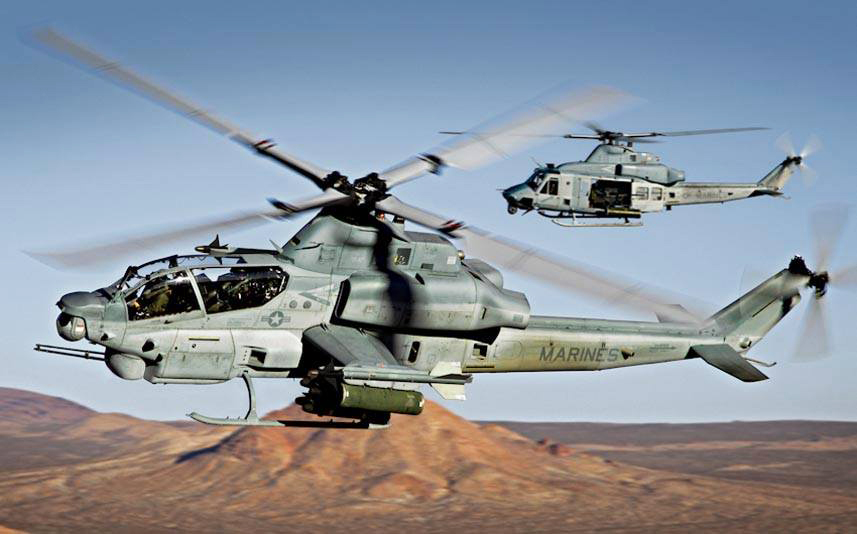
The UH-1Y was developed by Bell based on its predecessor UH-1N, also known as the H-1 upgrade program. The UH-1N variant was commissioned by the US Army in the 1970s and operated until its retirement in August 2014. The UH-1Y Venom medium-sized utility helicopter variant was first introduced in 2008 and was officially commissioned by the US Marine Corps in 2009. It operated primarily on two key US military battlefields at the time, Iraq and Afghanistan.
UH-1Y Venom
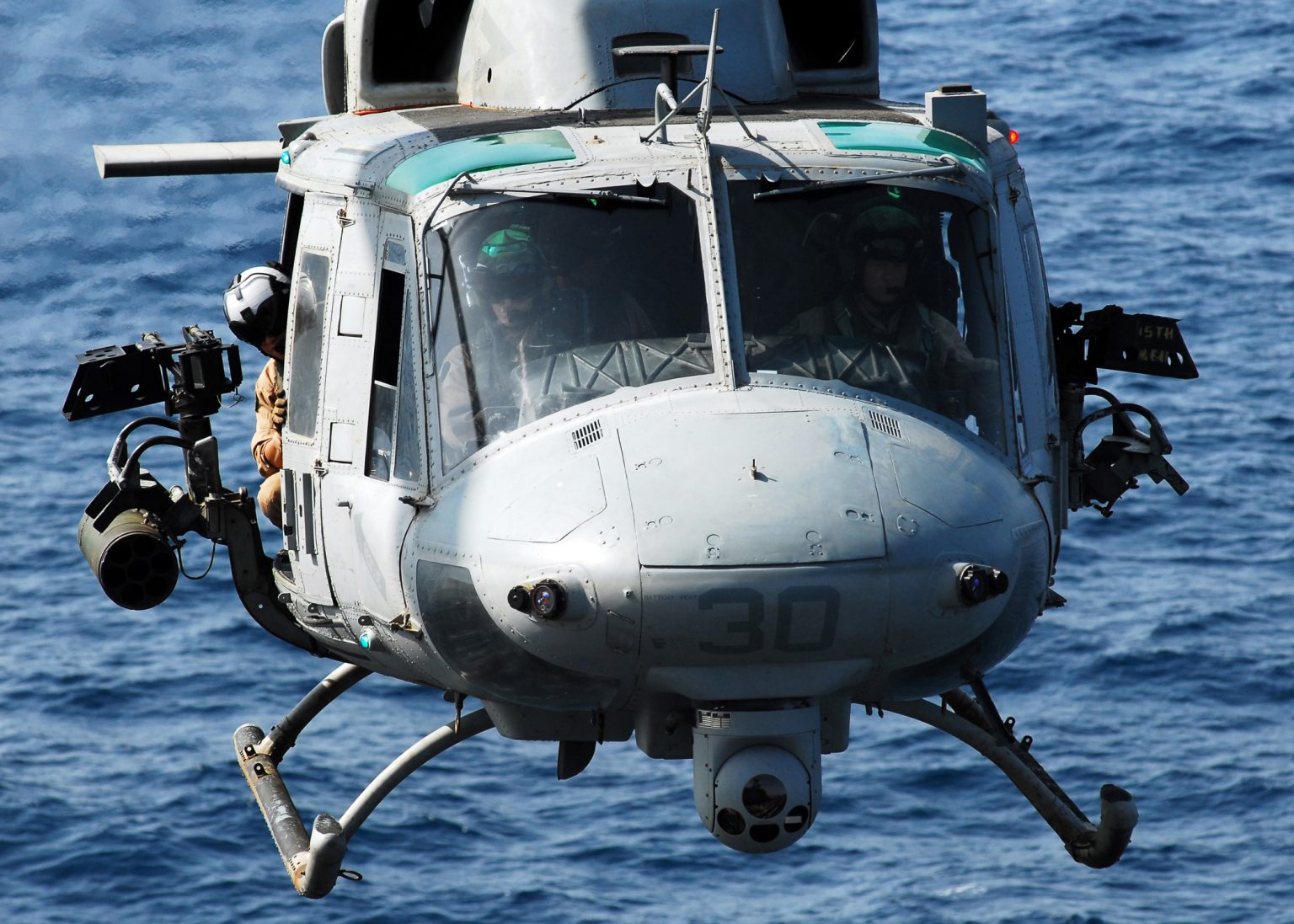
Design
The helicopter is controlled by up to two pilots sitting side by side behind the short nose cap. The cockpit is fitted with a large windshield and windows on the sides, giving the pilot a good view. The crew gets in and out through two car-style doors on either side of the cockpit. The UH-1Y features a digital cockpit with flat-panel multifunctional displays, and an 84% parts commonality with the AH-1Z. The passenger compartment is right behind the cockpit, arranged with two large sliding doors.

Compared to the previous version, UH-1Y Venom has many changes such as 4-blade rotors instead of 2 blades as before, in addition it also has a new engine and advanced electronic system.
Power plant
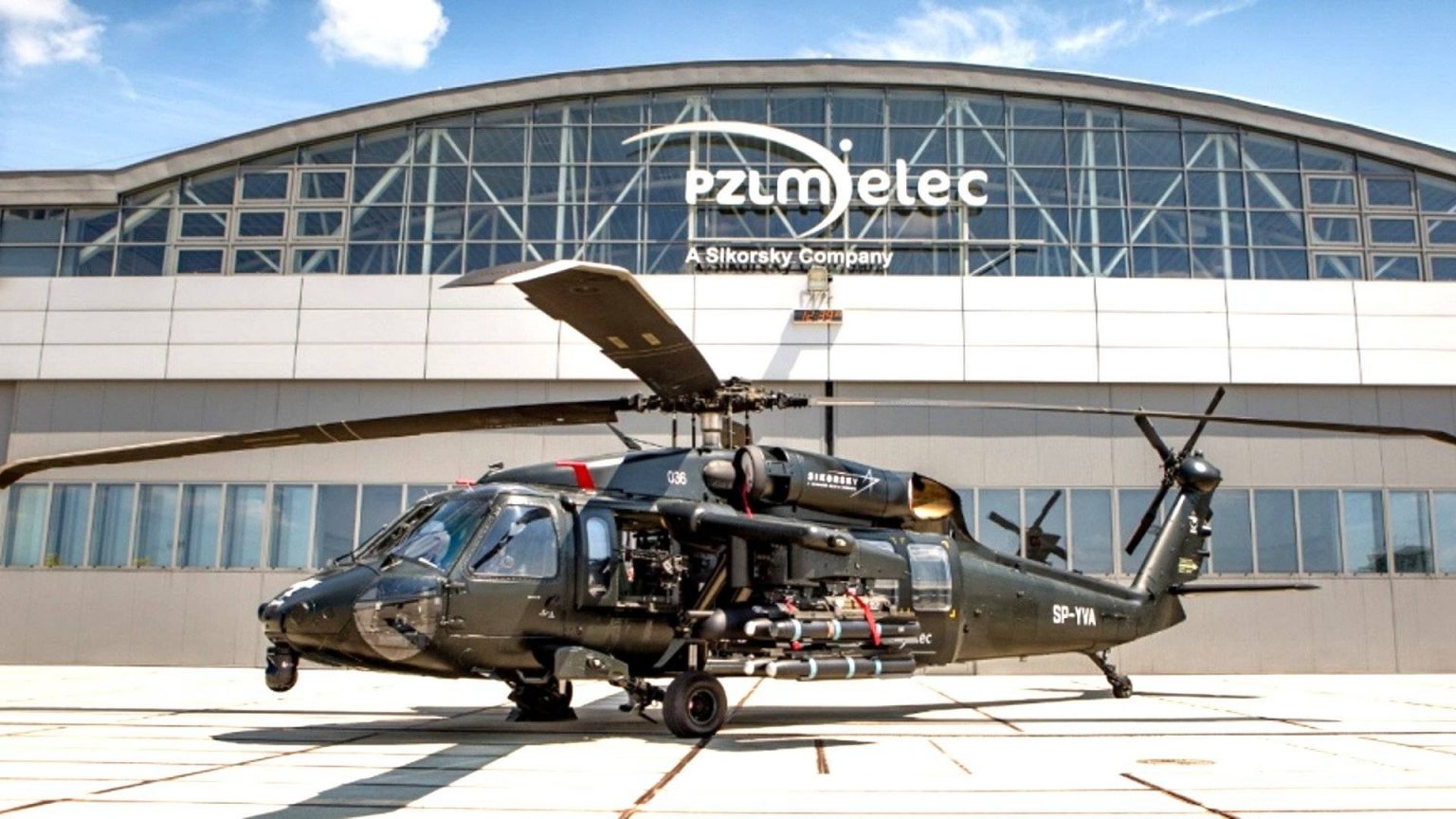
Super Huey is powered by 2 General Electric T700-GE-401C turboshaft engines developing to 1,828 hp. It has the large suppression covers installed at each engine’s exhaust port.
Venom can reach a top speed of nearly 300 km/h, it has a mission endurance of more than three hours and can reach a service ceiling of up to 6,100m while rate of climb of up to 12.8 meters per minute.

The ωɛλρσɳ systems on the UH-1Y include the Hydra 70 air-to-ground rocket launcher or APKWS II Advanced Precision Kill ധҽąքօղ System on both sides of the hull.
There are also two M134 Minigun Gatling guns or 7.62mm M2 Browning machine guns, making it easy for the helicopter to perform fire support tasks for infantry.